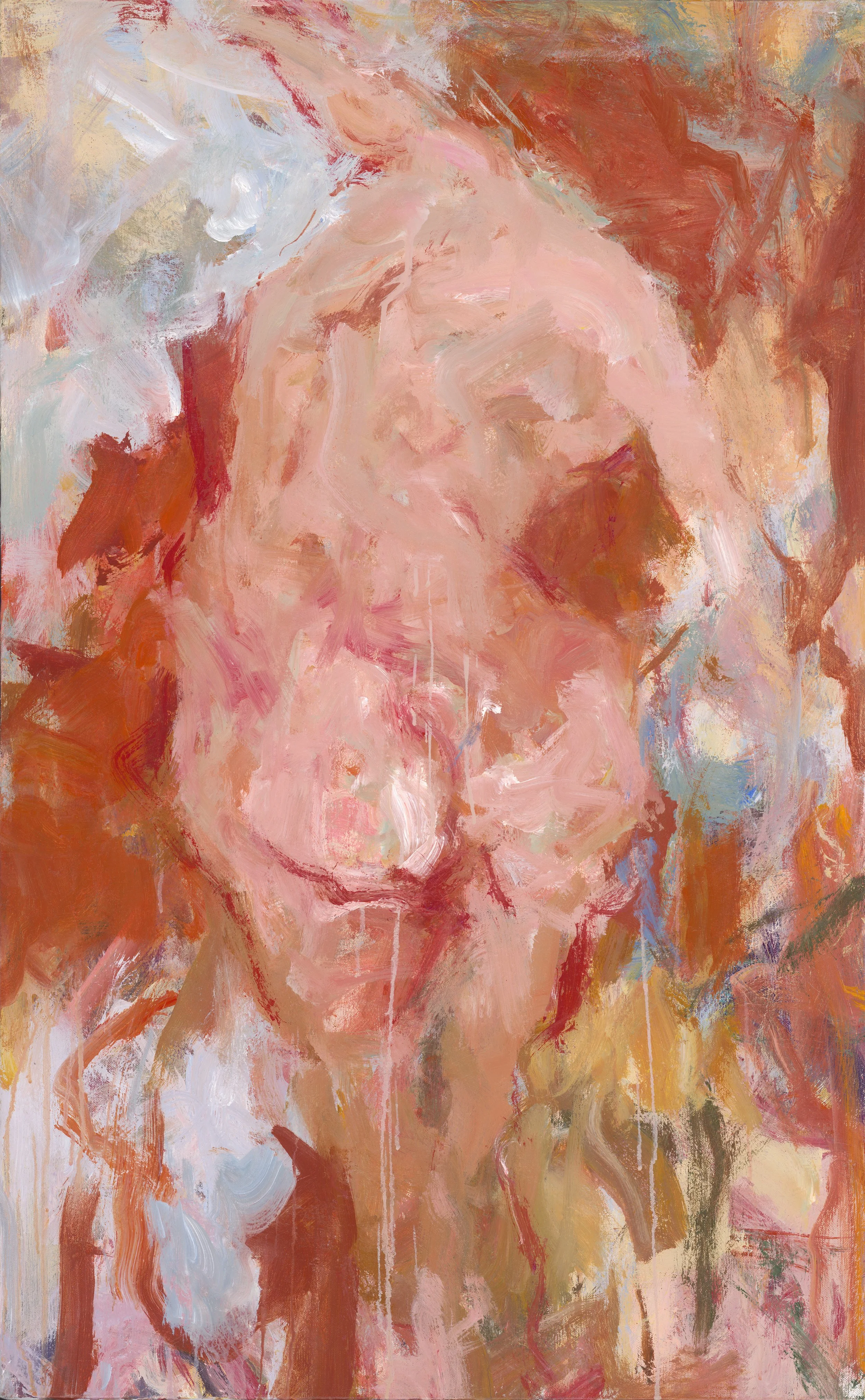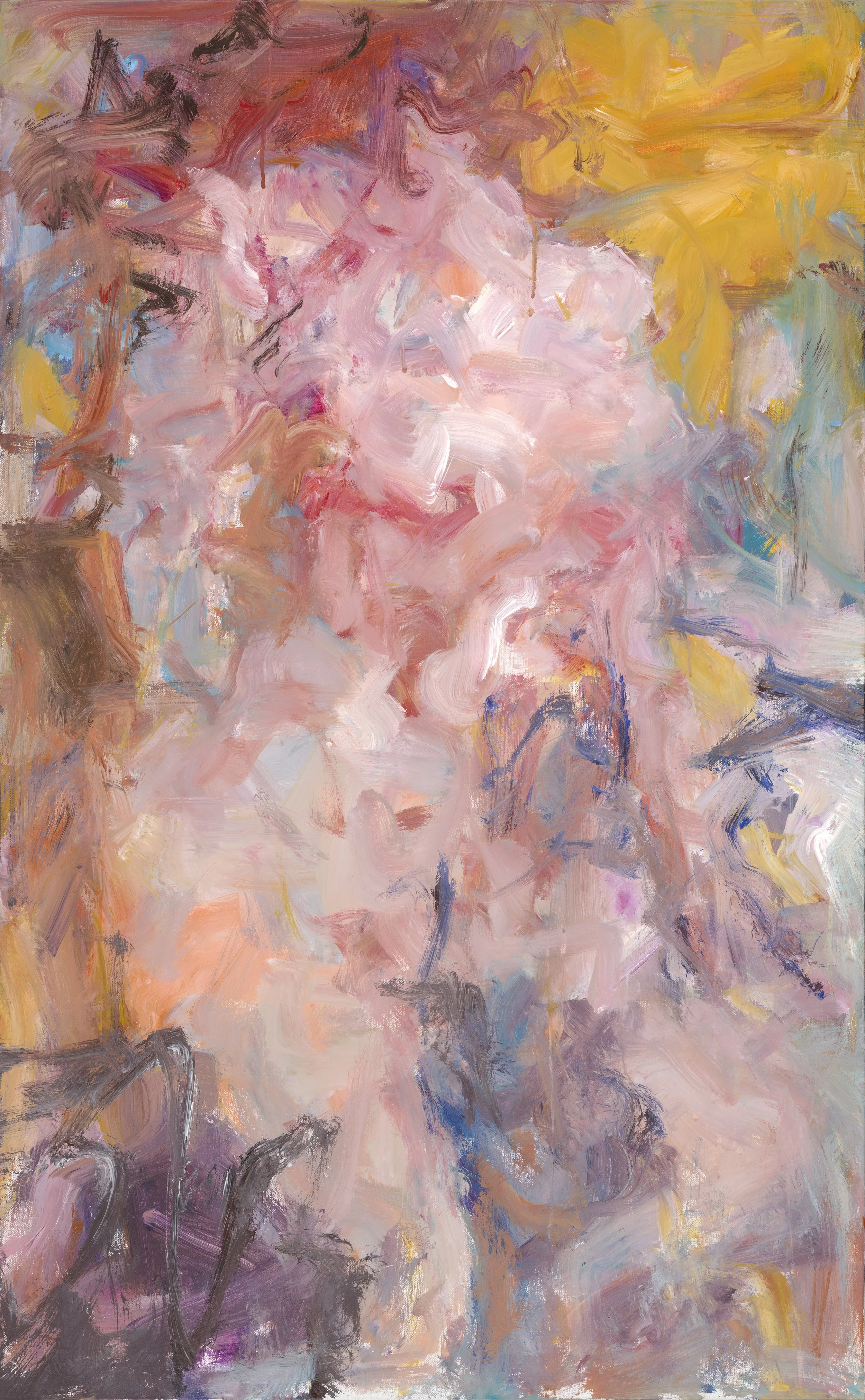Through chiaroscuro and lines, the emotions and vitality beneath the skin are fully revealed...
“In my opinion, what art does for life is to cleanse it—to strip it of its clothing and reveal its essence.”
-

Venus
Oil on canvas
68×110 cm
2024
-

Elegant Angel
Oil on canvas
68×110 cm
2024
-

Munch's Gaze
Oil on canvas
68×110 cm
2024
-

Rhapsody
Oil on canvas
90×190 cm
2023
-

Amber Organza
Oil on canvas
90×190 cm
2023
-

The Untamed Spirit
Oil on canvas
90×190 cm
2023
-

Turn Back
Oil on canvas
90×190 cm
2023
-

Hot Dance
Oil on canvas
90×190 cm
2023
-

Prayer
Oil on canvas
90×190 cm
2023
-

the Curve
Oil on canvas
68×110 cm
2024

How to interpret the Venus…
Artwork Interpretation
The Elegant Angel
In BEI Jiaxiang’s Nude series, a trace of Renaissance brilliance subtly permeates the human figure he depicts.
After the prolonged confinement of humanity during the Middle Ages, the grandeur of ancient Greek human figures had gradually flattened into bland symbols akin to hieroglyphs. As self-awareness within human civilisation began to wither alongside the arts, Michelangelo emerged as a beacon, akin to the God in his fresco Creation of Adam, wielding his brush as a torch to disperse the oppressive clouds that had shrouded the West for nearly a millennium, restoring the course of history.
The human figures depicted by Michelangelo are exemplars of robust vitality. His mastery of precise anatomical structures transcends mere scientific limitations. Under his hand, every figure—regardless of gender—radiates fullness that surpasses rational boundaries; each muscle line embodies an exuberant life force, and every inch of skin glimmers with the essence of humanism. This is Michelangelo’s proud tribute to the beauty of humanity.
However, although the individual portrayal of the female figure became a traditional subject in oil painting, the robust beauty of women gradually diminished. It is only on BEI’s canvas that the roundedness of the female body seems to return to an era of renewal.
The composition features a relaxed female figure from behind, her right torso curving inward toward her abdomen, as if her right arm rests on her elevated right knee, accentuating the slightly angular muscle lines of her taut hips. Beneath BEI’s fluid brushwork, Michelangelo’s sense of strength bursts forth with renewed vitality. The vibrant, unruly red hair is alluring yet not excessive, reviving a long-lost sense of robust beauty amidst the enchanting scenery.
In her presence, a natural force surges forth, breaking free from the constraints of civilisation, akin to a medieval heretical witch navigating the third realm between humanity and divinity.
Munch’s Gaze
In this work, BEI Jiaxiang constructs an atmosphere that departs from traditional representations of female nudes.
The woman in the painting stands with her weight shifted to the left, her right leg gracefully lifted, inadvertently highlighting the curvature of her waist and hips. Her head tilts comfortably to the left, naturally arching her upper body forward, while her vibrant orange-red hair faintly emerges against the background. BEI intentionally simplifies the details of the figure, employing just a few bold strokes of colour to convey her beauty without any flattering embellishments. He deliberately blurs facial features and exaggerates certain proportions, emphasising a confident demeanour through the relaxed pose of the figure. By melding the external attributes of femininity with an inner state of being, BEI aims to portray an independent and liberated community, fostering an emotional resonance rooted in physical form.
In terms of colour application, BEI further enhances this sense of spirituality. He primarily employs cool tones dominated by indigo, akin to the palette used by Edvard Munch in Nude Standing Against a Blue Background. This choice is relatively rare in traditional oil paintings depicting desire and the gaze upon the human body. The use of cool colours not only increases the spatial depth of the piece but also stands in striking contrast to the figure’s fair skin, accentuating its three-dimensionality. Additionally, compared to the intense emotional direction of warm tones, the layered effect of cool colours draws the viewer’s attention and invites more contemplative reflections. Modernist and Expressionist styles often emphasise the complexity of emotional expression, making the arrangement of cool colours particularly fitting for such artistic exploration.
However, unlike Munch, BEI does not impose excessive subjective projections onto the imagery. Instead, he aspires for the viewer to wander freely through the unique and abundant inner world of femininity, much like the woman portrayed in the painting.


